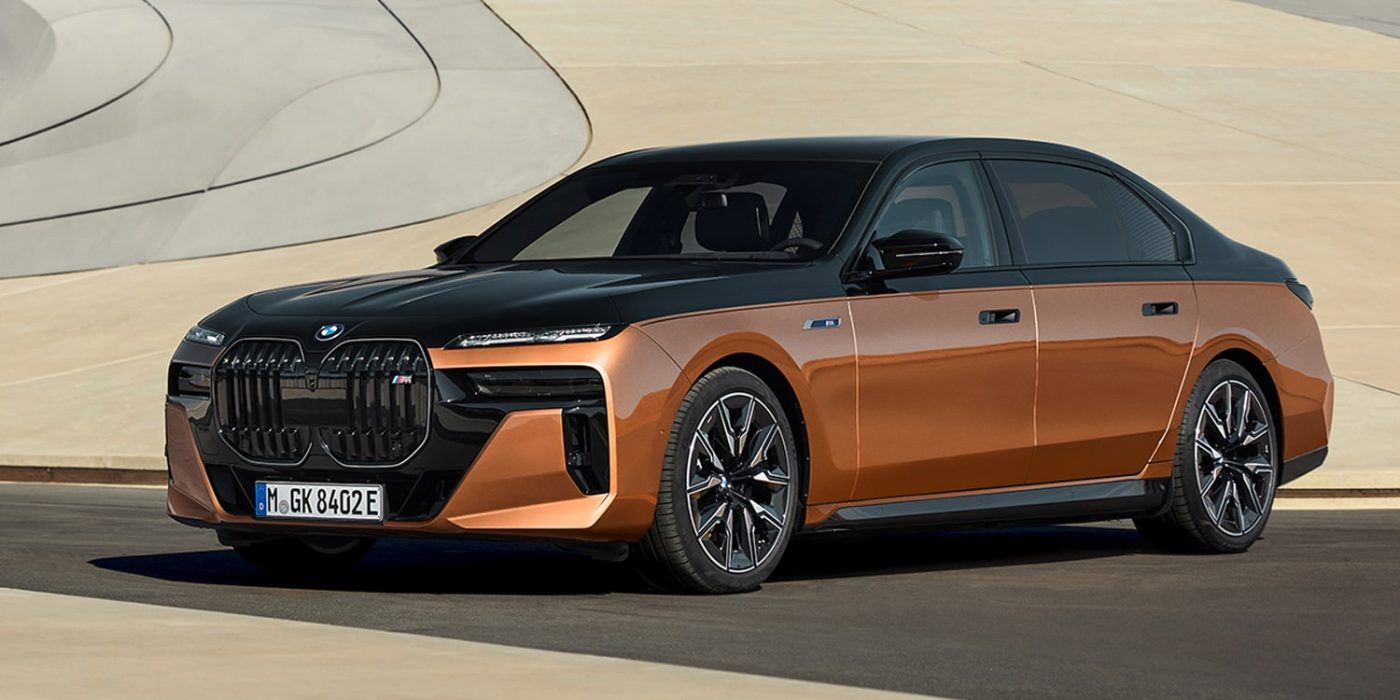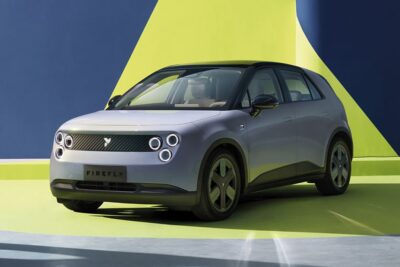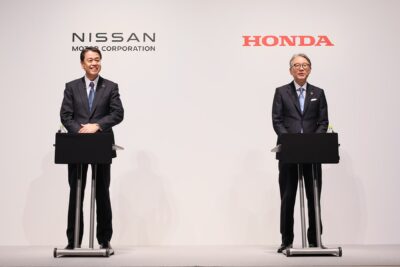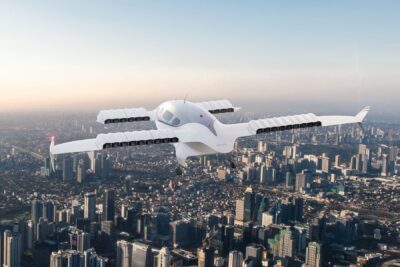BMW introduces new range topping model for the i7
With the BMW i7 M70 xDrive, BMW M is putting an all-electric performance model at the top of the new 7 Series. The top model of the i7 series presented in Shanghai is the most powerful BMW with electric drive to date.
BMW had initially presented the new generation of the 7 Series and its electric version i7 exactly one year ago at the then Auto China in Beijing (alternating annually with Shanghai). However, only the “entry-level model” BMW i7 xDrive60 with a 400 kW all-wheel drive was subsequently available for order. The i7 M70 xDrive, which was also announced at the time, was to follow “in the course of 2023”.
BMW has now unveiled this M model, and the technical data has changed little compared to 2022: with an electric motor on both the front and rear axles, which together generate a maximum system output of 485 kW, the BMW i7 M70 xDrive accelerates from zero to 100 km/h in 3.7 seconds. Last year, there was still talk of 4.0 seconds for the standard sprint, albeit still as a “forecast based on the development status to date”. However, the 485 kW drive power was already known.
What was not known until now: The M70 only gets the additional power from the rear electric motor. The front drive unit continues to produce 190 kW, but the electric motor mounted on the rear axle now reaches up to 360 kW at its peak – in the i7 xDrive60 it is 230 kW. With a power density of 2.41 kW/kg, this is “currently BMW’s most powerful electric motor”. BMW uses a trick that Mercedes, for example, also employs in the EQE and EQS: Instead of the usual three, six excitation windings are used in the stator of the electric motor, which increases the power density. In terms of power density and efficiency, this model is “clearly superior to a drive solution with two motors on the rear axle”, according to BMW. In Sport Mode, the M70 delivers 1,015 Nm of torque; with “M Launch Control” or in “M Sport Boost”, it briefly reaches up to 1,100 Nm.
The i7 M70 also uses the 101.7 kWh battery of the 400 kW model. The i7 M70 xDrive can be charged ex works with 22 kW AC, DC up to 195 kW is possible – more than 200 kW would also not be possible in a car with 400 volts operating voltage and the current CCS standard (maximum 500 amps). Instead of maximum charging power, BMW is focusing on making the best possible use of the available power of the 400-volt system. The Munich company puts the WLTP range at 488 to 560 kilometres, depending on the equipment – the consumption (20.8 to 23.8 kWh/100km) is even slightly lower than predicted in 2022.
The new ‘Max Range’ mode has nothing to do with the WLTP range. It is a power-reduced mode with a top speed of 90 km/h. In addition, the air conditioning, seat and steering wheel heating are deactivated and the effect of the rear window heating is reduced. According to BMW, this mode was “designed in particular for situations in which an originally planned stopover has to be dispensed with because, for example, the controlled charging station is defective”. Drivers of a BMW i3 still know such a mode as ‘Eco Pro+’.
Together with all other variants of the luxury sedan, the vehicle is produced at the BMW plant in Dingolfing. The global market launch of the BMW i7 M70 xDrive will begin in the second half of this year. BMW has not yet announced prices.





0 Comments